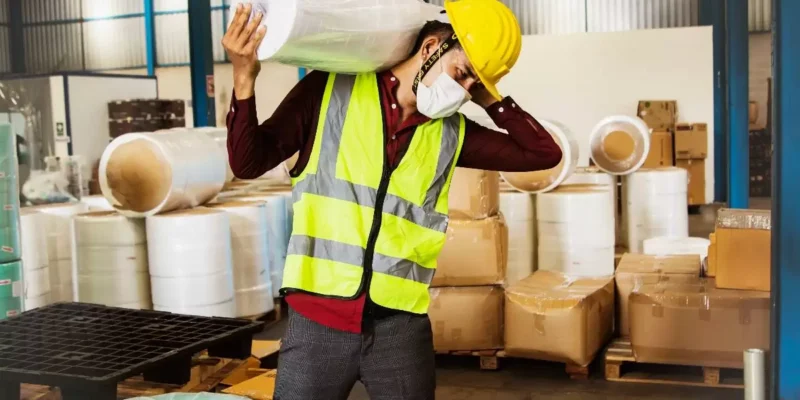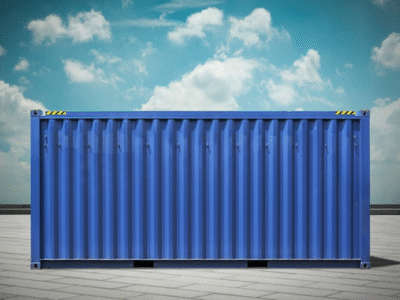In industries where manual labor is prevalent, the risk of injuries looms large. However, technological advancements, such as Lifting trolley, are reshaping the landscape of workplace safety. By augmenting human capabilities, lifting trolleys are emerging as a key solution to reduce manual labor injuries while enhancing efficiency and productivity.
Understanding Manual Labor Injuries
Manual labor injuries are a significant concern across various industries, ranging from manufacturing plants to warehouses and construction sites. These injuries often result from repetitive tasks, heavy lifting, awkward postures, and overexertion, leading to strains, sprains, and musculoskeletal disorders. Moreover, the financial and human costs associated with these injuries are substantial, impacting both individuals and businesses.
Role of Lifting Trolleys
Lifting trolleys, also known as material handling trolleys or powered lift trucks, are versatile devices designed to assist workers in transporting heavy loads with minimal physical strain. These trolleys come in various configurations, including manual, electric, and hydraulic, catering to different workplace requirements. By mechanizing the lifting process, they alleviate the burden on workers and mitigate the risk of injuries associated with manual handling tasks.
Enhanced Ergonomics
One of the primary benefits of Jib crane Malaysia is their contribution to improved ergonomics in the workplace. Ergonomics focuses on designing tasks and equipment to fit the capabilities and limitations of workers, reducing strain and fatigue. Lifting trolleys are engineered to promote proper body mechanics, allowing workers to move loads more efficiently while maintaining optimal posture. This ergonomic optimization minimizes the risk of musculoskeletal injuries and enhances overall comfort and well-being.
Increased Productivity
Beyond safety considerations, lifting trolleys also play a pivotal role in enhancing productivity within industrial settings. By streamlining material handling processes, these devices facilitate faster and more efficient load transportation. Workers can move heavy items with ease, reducing downtime and expediting workflow. Additionally, the precise control offered by electric or hydraulic lifting mechanisms enables precise positioning of loads, optimizing storage space and maximizing operational efficiency.
Versatility and Adaptability
Lifting trolleys are adaptable to diverse work environments and applications, making them a versatile asset across industries. Whether it’s loading and unloading shipments in a warehouse, transporting materials on a construction site, or maneuvering goods in a retail store, these trolleys offer flexibility and scalability. Moreover, advancements in design and technology have led to the development of specialized trolleys tailored to specific tasks, further enhancing their utility and effectiveness.
Safety Features and Compliance
Modern lifting trolleys are equipped with an array of safety features to ensure secure operation and minimize the risk of accidents. These features may include overload protection, anti-tip mechanisms, emergency stop buttons, and ergonomic handle designs. Furthermore, adherence to industry standards and regulatory requirements is essential to guaranteeing the safety and reliability of lifting trolleys in the workplace. Employers must provide adequate training and maintenance protocols to ensure proper usage and compliance with safety regulations.
Cost-Effectiveness and Return on Investment
While the initial investment in lifting trolleys may seem substantial, their long-term benefits far outweigh the costs. The reduction in manual labor injuries translates to lower healthcare expenses, decreased absenteeism, and improved employee morale. Moreover, the efficiency gains achieved through enhanced productivity lead to higher output and profitability. When viewed as a strategic investment in workplace safety and performance, lifting trolleys deliver a significant return on investment over time.








Comments